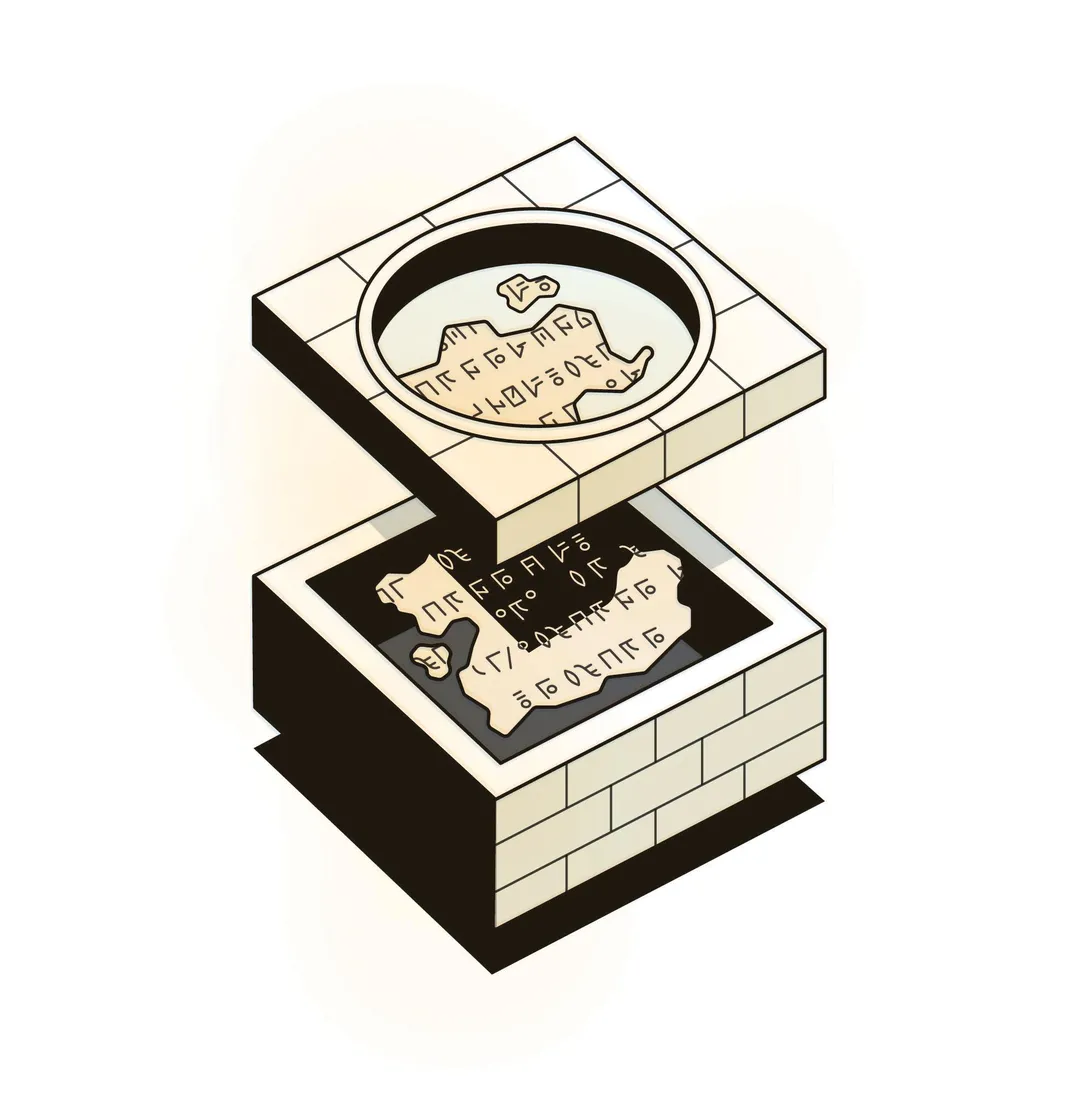The Top Ten Most Important Ancient Documents Lost to History
Either due to conquest or simply the ravages of time, these founding papers of civilizations around the world will remain mysteries forever
/https://tf-cmsv2-smithsonianmag-media.s3.amazonaws.com/filer/9c/09/9c094f81-c3e9-4040-b687-c79c533155f2/istock-484655617.jpg)
From Rome’s holiest texts to a Chinese manuscript that wouldn’t have fit inside a shipping container, here’s our top ten list of the most important ancient documents that no longer exist:
Sibylline Books
Roman leaders consulted these oracular sayings during political crises for perhaps 900 years. The originals burned in 83 B.C. Their replacements were allegedly destroyed by a 5th-century Roman general who feared that invading Visigoths would use them.
Sappho’s Poems
In the 6th century B.C. she composed 10,000 lines of poetry, filling nine volumes. Fewer than 70 complete lines exist. But those have made Lesbos’ most famous daughter (as classicist Daniel Mendelsohn has called her) a revered lyric poet of erotic love.
Aeschylus’ Achilleis
The famed Greek dramatist’s (c. 525-456 B.C.) tragic trilogy is thought to have reframed the Trojan War as a reckoning with contemporary Athenian democracy. An estimated total of more than 80 of his works are lost to history. Seven plays survive.
Mayan Codices
Out of perhaps thousands of bark-cloth books recording Mayan history, culture and religion—written in hieroglyphics as early as the 9th century—fewer than five texts survive. The rest were burned by conquistadors and Catholic monks in the 16th century.
Panchatantra
This collection of beloved Indian animal fables, written as early as 100 B.C., is known to us from early translations in Pahlavi (now lost), Syriac and Arabic—the original Sanskrit source vanished. A Hebrew translation was the basis for a popular version in medieval Europe.
Zoroastrian Avesta
The holy book of ancient Persia’s quasi-monotheistic creed survives as a sprawling collection of fragments—an estimated one-quarter of the original text. The last complete manuscripts may have burned when Alexander the Great conquered Persepolis in 330 B.C.
Confucius’ Sixth Classic
We still have the “Five Classics” traditionally ascribed to the Chinese philosopher, covering poetry, rhetoric, ancient rites, history and divination. The sixth, on music, may have disappeared in the 3rd-century-B.C. “Burning of Books and Burying of Scholars.”
Yongle Encyclopedia
More than 2,000 scholars contributed to this 11,000-volume Ming dynasty text on subjects ranging from agriculture to art, theology and natural sciences. Half of 800 remaining volumes burned in the Boxer Rebellion of 1900; 3 percent of the original text survives.
Ibn Al-Haytham’s Treatises
The Iraq-born medieval mathematician, astronomer and physicist, whose work on optics (in a Latin translation of the Arabic) and the scientific method influenced thinkers in Europe, wrote more than 200 works. Only 55 survive in any language.
Book of the Chronicles of the Kings of Israel
The Hebrew Bible refers to some 20 works that no longer exist. The frequently cited “Chronicles” was a detailed early Iron Age history from which numerous other biblical narratives may have been drawn.
